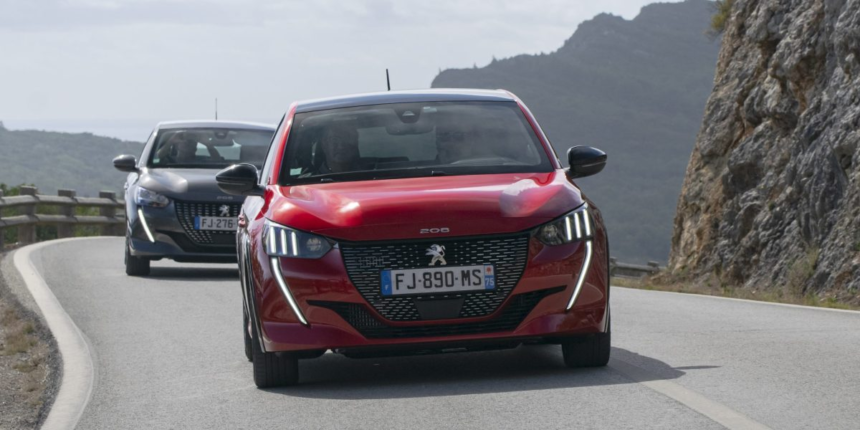And yet, here’s the irony: while selling fewer cars, the sector has been posting record profits. So, what’s going on?
Well, one of the leading reasons is that a car today is much more expensive. Between 2014 and 2024, the average price of a new average-sized vehicle increased by 34%, from €24,448 to €36,712. That’s about €12,000 more to own a new car and well above the 15% rise in the cost of living.
Manufacturers have been able to charge so much more because, after the pandemic, there were fewer cars available due to supply issues and higher demand. After all, consumers were ready to repurchase big-ticket items. Manufacturers also sold larger and more profitable vehicles. So, from 2021 to early 2024, they posted record profits.
Now, companies find themselves in overcapacity because car sales for Renault, Citroën, and Peugeot, for instance, have stalled. Renault’s low-cost brand, Dacia, is one of the few models that continues to sell. In contrast, Citroën, for example, only made a third of the sales in 2024 compared to 2011.
If people buy fewer cars, logic dictates that factories must produce fewer cars as well. Since 2023, more French factories have been closing or going insolvent, threatening 80 sites and 9,000 jobs across the country. For example, at the end of 2024, Michelin closed two tire factories and announced 1,200 job losses. Most of these country-wide losses will fall to subcontractors rather than manufacturers because the former, the equipment suppliers, cannot be as nimble and cannot renegotiate multi-year contracts.
So, the problem is complicated, but the situation is further aggravated by three enormous structural issues: electric vehicles (EVs), offshoring, and China.
This offshoring is a structural issue that has been happening since the 1990s, making a rebound more challenging for the French auto industry. Much of the car sector has relocated to eastern or central European countries. Renault and Stellantis (except for Fiat-Chrysler) build fewer cars in France, down to 18% in 2023 from 23% in 2019.
Trade unions blame manufacturers for using electric vehicles as a pretext to continue offshoring. Citroën produces its e-C3 electric car in Slovakia, and Renault will build its future Clio 6, on sale in 2026, in Bursa, Turkey. The criticism is that, with declining sales and potentially lasting overcapacity, manufacturers are closing the oldest plants in high-wage countries, rather than the newer ones in lower-wage countries.
Stellantis told Euractiv in 2024, “Cost-cutting is a vital issue for the entire industry, particularly in the face of aggressive offers from Chinese competitors.”
The competition from China is fierce; they produce cheaper EVs and are gaining market share. The Chinese also have an advantage in car production because they buy their energy from the most affordable source, often Russia, which the EU does not.
China has the world’s leading battery industry, and BYD, a successful manufacturer, is expanding into Europe; this could lead to increased overcapacity and force Renault, Stellantis, and VW to restructure even further.
And none of this considers the impact of President Trump’s yo-yoing tariffs.
A mix of global disruptions, structural inefficiencies, Chinese competition, and the challenges of transitioning to electric vehicles has left the sector in a fragile state. So, what’s the solution?
And while clearly it seems quite the challenge for the moment, the French car industry knows one or two things about change. This is an industry that has the know-how, has competed internationally for over 120 years, and has survived two world wars. The industry might be down, but it isn’t out yet.









